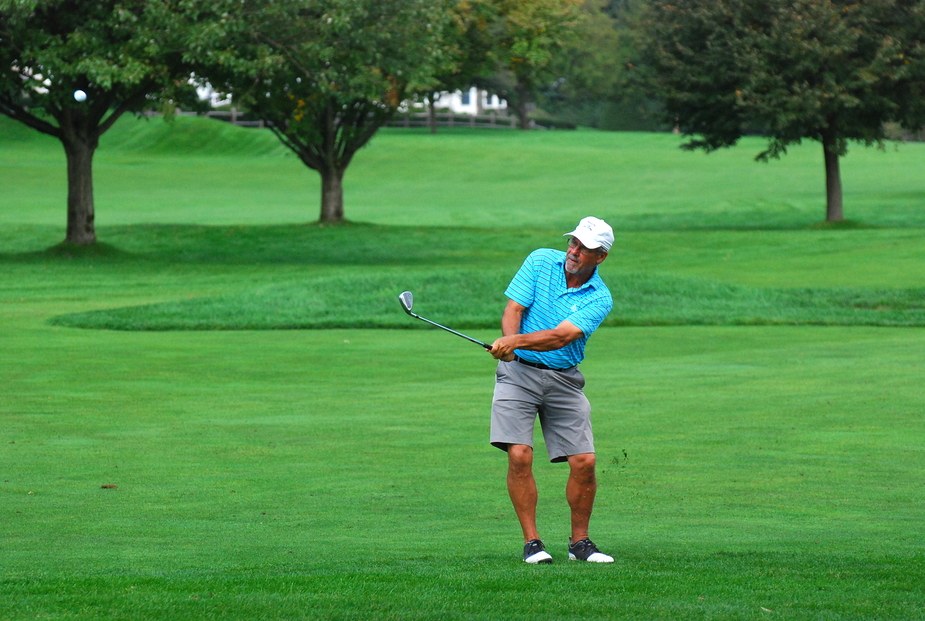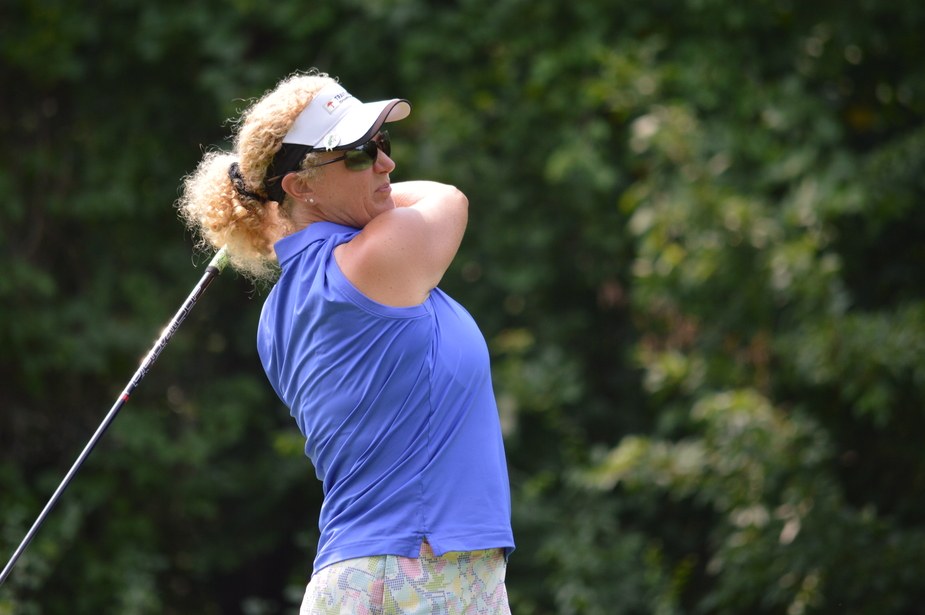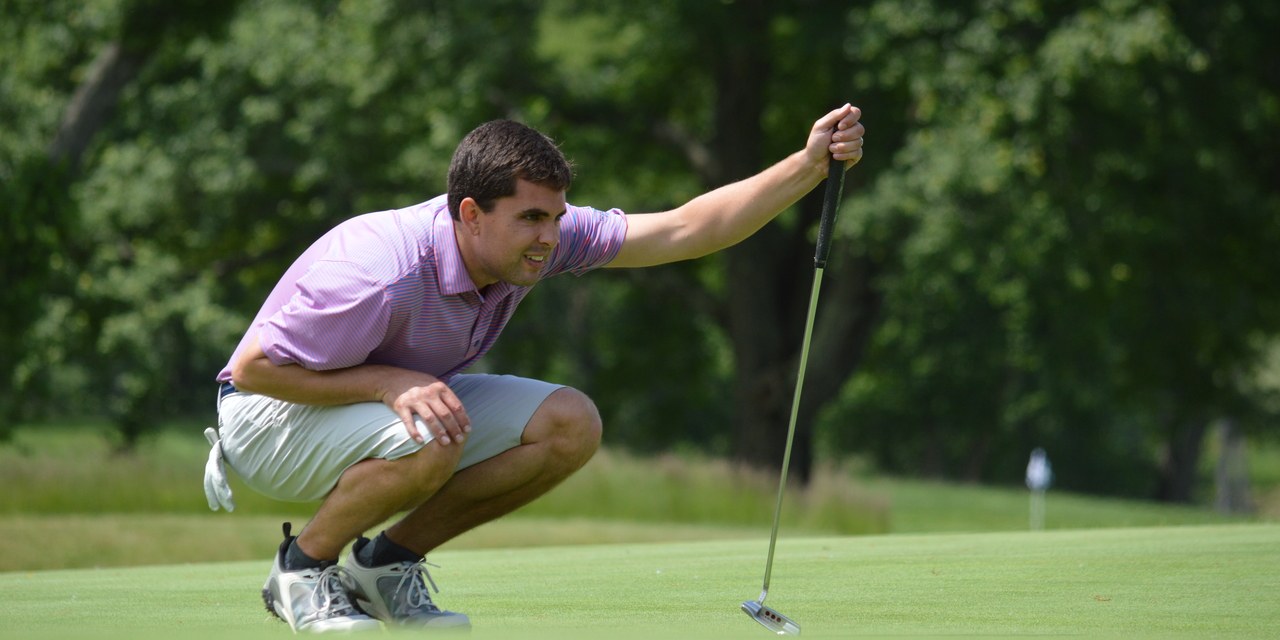By Bob Carney
For the past six months, I’ve covered a dozen competitive events in my home state of Connecticut, photographing competition and writing about it for the Connecticut State Golf Association. It’s the first time that I’ve spent that much time watching really good players, mostly amateurs, up close. Lessons learned:
1. Play the 4,000-Hole Round. These folks tend to play a lot, and their on-course demeanor reflects that. Though some are more outwardly emotional than others, no single shot or hole knocks them off kilter. They play as if these 18 holes are part of a long progression of holes they’ll play, a 4,000-hole-round, say, where good things are bound to happen. Bob Rotella used to say that it’s important not to let the first three holes make you think your round is going one way or another. With these guys, make it the first 300.

Connecticut Senior Am champion Ray Underwood
2. Be Ben Crenshaw, not Ben Hogan. Not all of these players are great putters. But the ones who succeed love to putt. They think “make,” not “don’t three-putt.” They relish this part of the game, seeing it as “an opportunity, not an expectation,” as Connecticut Senior Amateur champion Ray Underwood said. Even players who are not considered great putters generally fail in only one aspect of it. Some are not dependable lag putters. Some (seniors, often) tremble over 3-footers. (The claw is popular). But even they tend to be Crenshaws, not Hogans.

Connecticut State female player of the year Jen Holland
3. Remember What Hooked You. The player of the year this year won the state Amateur, the Mid-Amateur, was second low amateur in the Open, and two team events, the Four-Ball and the Father-Son. For someone who lost three previous major Connecticut events—two in heartbreaking playoffs—it was a massive breakthrough. What changed? “I tried this year to play for the pure joy of it,” said Ben Conroy (pictured squatting above). Easier said than done, I know, but there were lots of nods when he said it. The female player of the year, Jen Holland, a teacher who competes only from June to September, made match play in two national USGA events. She echoed that sentiment. “I don’t really let being in a bunker or getting a bad lie bother me,” she said. “I love to play and the season is not that long.

” I make birdies the old fashioned way: when they’re there,” 17-year-old Connor Belcastro said.
4. “Match Play is Chess, Not Poker.” Those words were spoken by the 17-year-old who won the Connecticut Junior Amateur. “Some people think that in match play you have to go for everything and try to force the birdies, which often leads to big numbers,” said Connor Belcastro. “You could say I make birdies the old fashioned way: when they’re there.” Out of the mouths of high-school juniors!!!!
5. But When the Opportunity Arises . . . These players play smart, but they play aggressively when the chance to score is there. They are not trying not to embarrass themselves. And they get more aggressive as they get closer to the green, going at a surprising number of tight pins in the process.
6. Winning and Whining Don’t Mix. In a season when weather caused massive delays and often made conditions less than ideal, I heard almost no complaints. The one or two who did did not fare well. Players were appreciative of both staff and volunteers, and of competitors who performed well. A little trash-talking was much more common than the “I’m no damn good” self-talk my friends and I tend to indulge in.
So that’s it. Patience. Putting. Putting the fun first. See you on hole 3,344.









